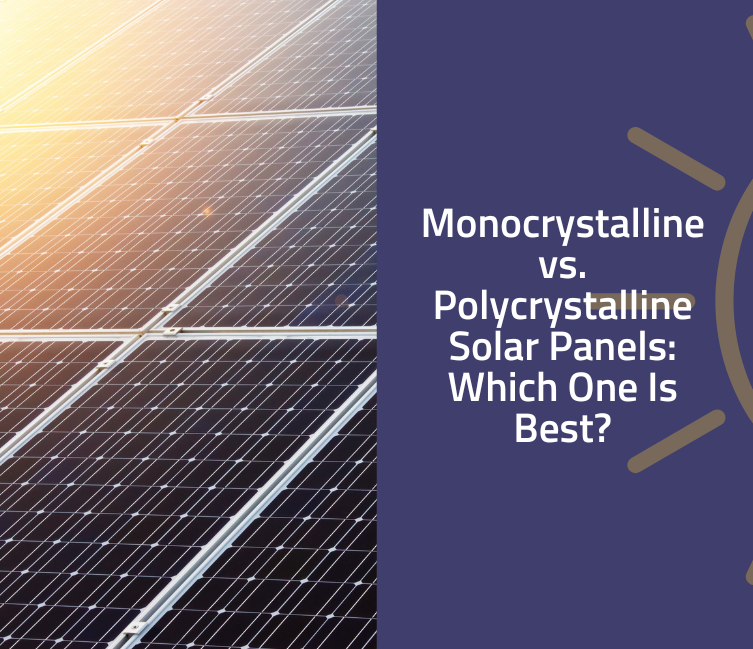Solar Energy and Corporate Social Responsibility: A Win-Win for Businesses
Business activities in the modern world go beyond profit generation, and the general public expects businesses to engage in socially responsible practices that demonstrate a sense of responsibility, ethical behaviour and care for the community in which they do business. A business can give back to its community in many ways, but incorporating solar energy into its operations is a significant step toward enhancing Corporate Social Responsibility (CSR.) We will discuss the link between solar energy and Corporate Social Responsibility and how we at Solar YYC choose to give back to our community as a solar energy business. Why Solar Energy and Corporate Social Responsibility Is a Win-Win for Businesses Reduced Carbon Footprint and Regulatory Compliance With the Government’s goal of becoming a net-zero emissions country by 2050, companies have a significant role to play in achieving this result and going solar is one of the best ways to contribute to this effort, as it significantly reduces a businesses’ reliance on traditional energy sources, consequently lowering their greenhouse gas emissions, reducing their carbon footprint, and showcasing their commitment to compliance and responsible business practices. Positive Public Perception A business’s image plays a significant role in its success. The general public’s increase in awareness towards environmental issues has made them pay special attention to the way companies they support power their operations, as a recent customer study showed that consumers’ demand for products from brands known for their efforts towards sustainability has increased with a 56% of offer growth in five years. Companies that adopt solar energy or other environmentally-friendly practices to show their commitment to sustainability are more prone to have an overall positive brand image, increased customer loyalty and a higher expenditure per purchase, as eco-conscious buyers are inclined to pay more for products and services from companies that align with their values. Employee Engagement Like consumers, employees, especially Millennials and Gen Z workers, increasingly value working for socially responsible companies. By incorporating solar energy, businesses can enhance employee satisfaction by demonstrating a commitment to environmental and sustainability practices. Educational Initiatives One of the ways to combine CSR and solar energy adoption to strengthen a business relationship with its community is to implement educational programs to raise awareness among employees and the local community about the benefits of solar energy. This can include workshops, seminars, or informational campaigns to foster a culture of sustainability. Partnerships and Collaborations Businesses can strengthen their CSR efforts by partnering with environmental organizations or participating in green initiatives related to solar energy awareness or other ecological endeavours. Collaborative efforts can amplify the positive impact sustainability practices and open the door to future business opportunities. Investor Relations Many investors are increasingly considering environmental and social factors in their investment decisions. As reported by the Harvard Business Review, companies with strong CSR practices may attract a broader investor base, including those focusing on sustainability and ethical investing. How Solar YYC Gives Back The solar industry has been booming in recent years, and we wanted to share our success by donating a portion of our revenue to a charity that resonated with our team’s values. We chose to work with I Can for Kids, a non-profit that supports and empowers children and families facing food insecurity by donating grocery store gift cards and helping them shop for the groceries they need when and how they see fit. We already have donated over $40,000 and are sure we and our clients will surpass this amount in 2024. If you want to know more about I Can for Kids and their fantastic work, check out their website or contact them via email. Take the First Step Whether you run a solar-related business or not, you can contribute to your community’s growth and well-being and share your company’s accomplishments by committing to sustainable practices. If every business thinks about how they can contribute to a better future, we can make a difference for the current and next generations.











